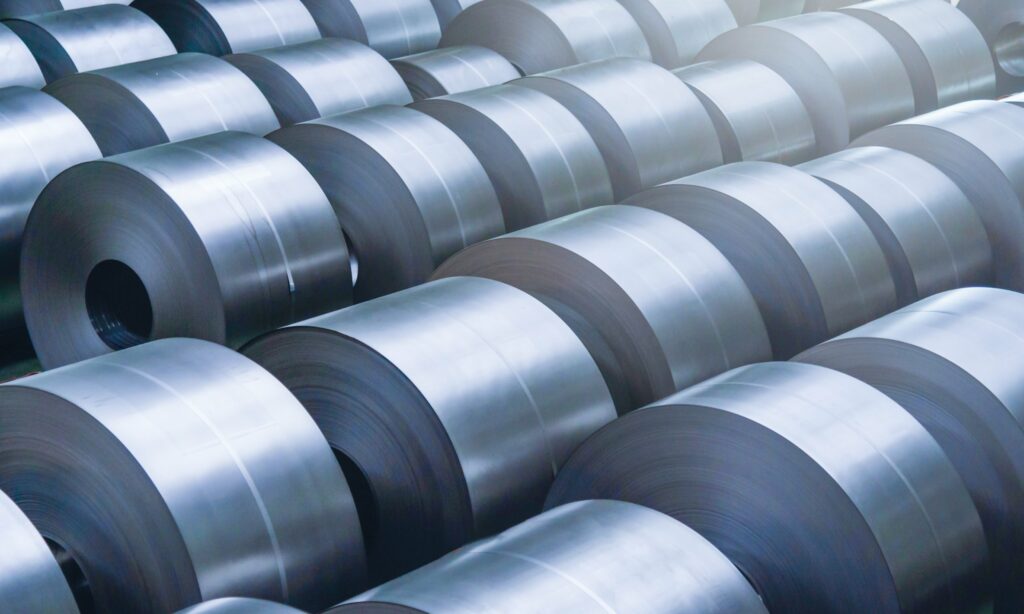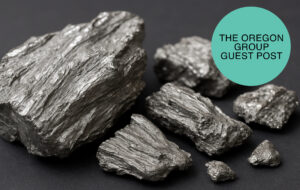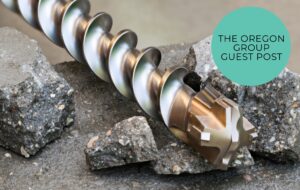Glencore and Li-Cycle are teaming up to build Europe’s largest battery recycling facility. An old lead refinery in Sardinia will be redeveloped into a major hub for processing black mass, which is the gritty, pre-treated battery scrap that contains battery metals like cobalt, lithium, and nickel. The goal is to be in operation by early 2027, with the ability to handle 50,000 to 70,000 tonnes of material a year.
Kunal Sinha, Glencore’s global head of recycling, commented, “This could be the first Glencore site to actually produce battery-grade lithium.” This is the latest in several moves by Glencore in the battery recycling space. Back in January, they partnered with Mnagem out of Morroco to produce cobalt from recycled battery materials. Then in February, they announced plans to beef up their facility in southern England, which already deals in lead-acid battery recycling. They’ve also joined forces with Britishvolt to build another lithium-ion battery recycling plant in the UK.
For Li-Cycle, this is part of their business model. I wrote about some of their activities last yearThey’ve already got a big recycling hub up and running in Rochester, New York, and the Italian plant will be roughly twice the size. In fact, Li-Cycle just landed a $375 million loan from the U.S. Department of Energy to finish off the Rochester site.
Glencore’s CEO Gary Nagle says the company’s recycling business already brings in $200 – 250 million in EBITDA each year, and he expects that number to grow “exponentially” as more EVs hit the roads. While that may be true, I personally believe it will be a long time before recycling makes a big difference. I’m not alone in that opinion – Wood Mackenzie also feels we’re still some years away because, quite frankly, the infrastructure just isn’t there yet and it’s going to cost major dollars and a lot of time to make it happen. Still, there’s nothing wrong with getting positioned early – that certainly what Glencore and Li-Cycle believe.
Anthony Milewski
Chairman, Nickel 28 Capital




















